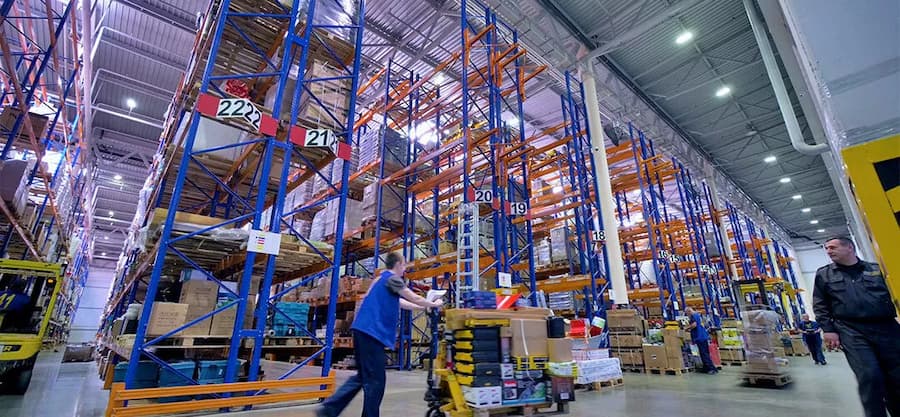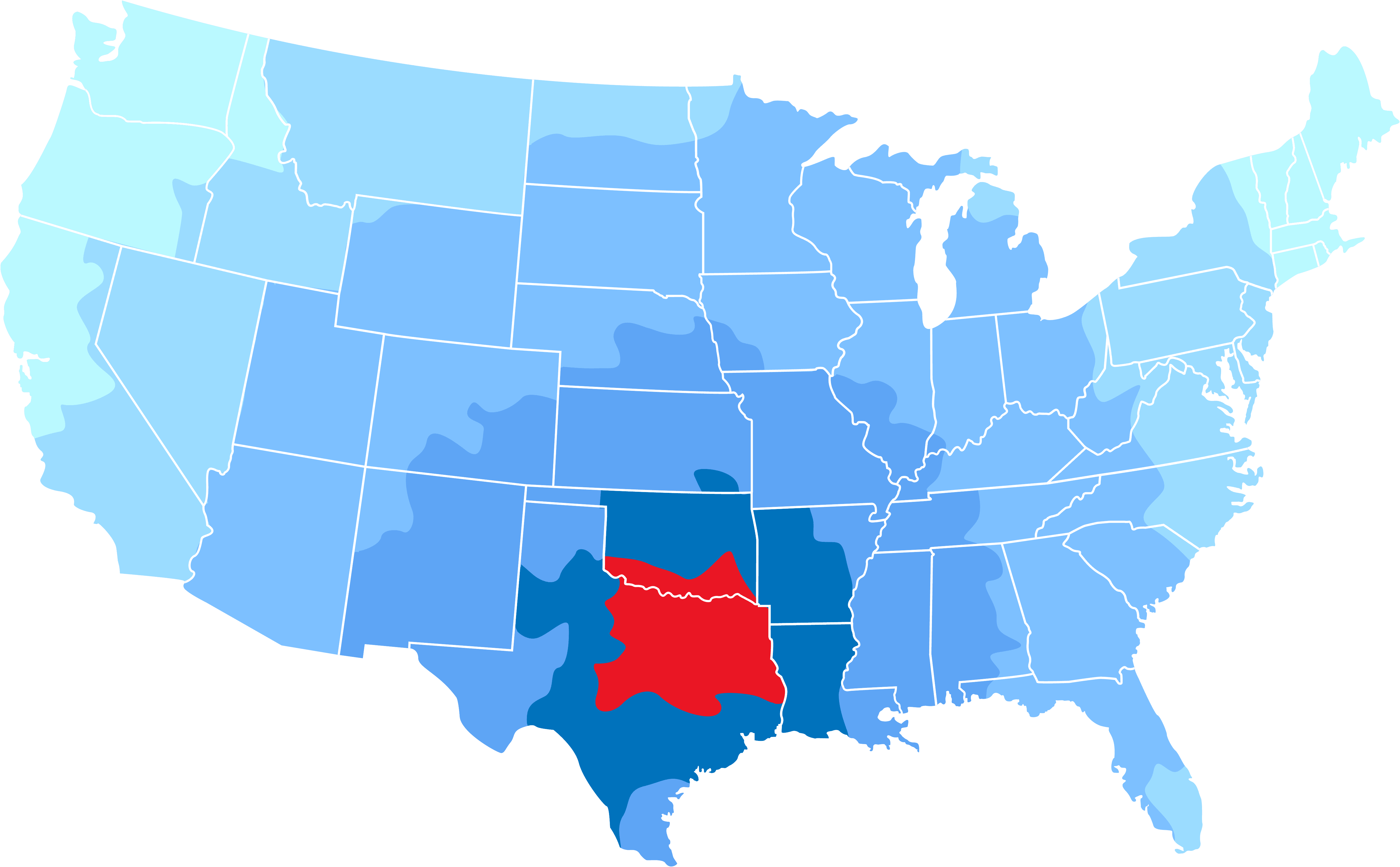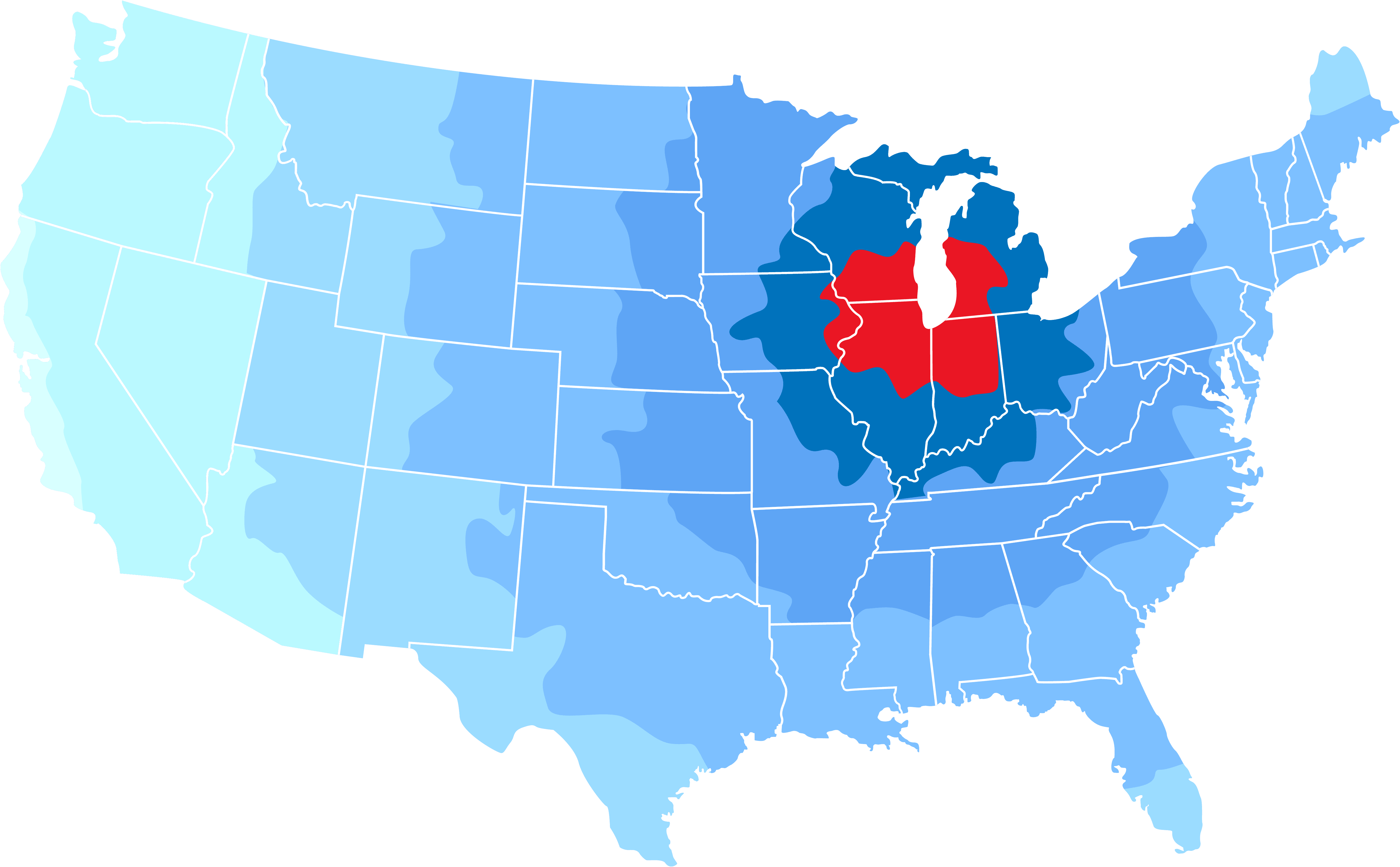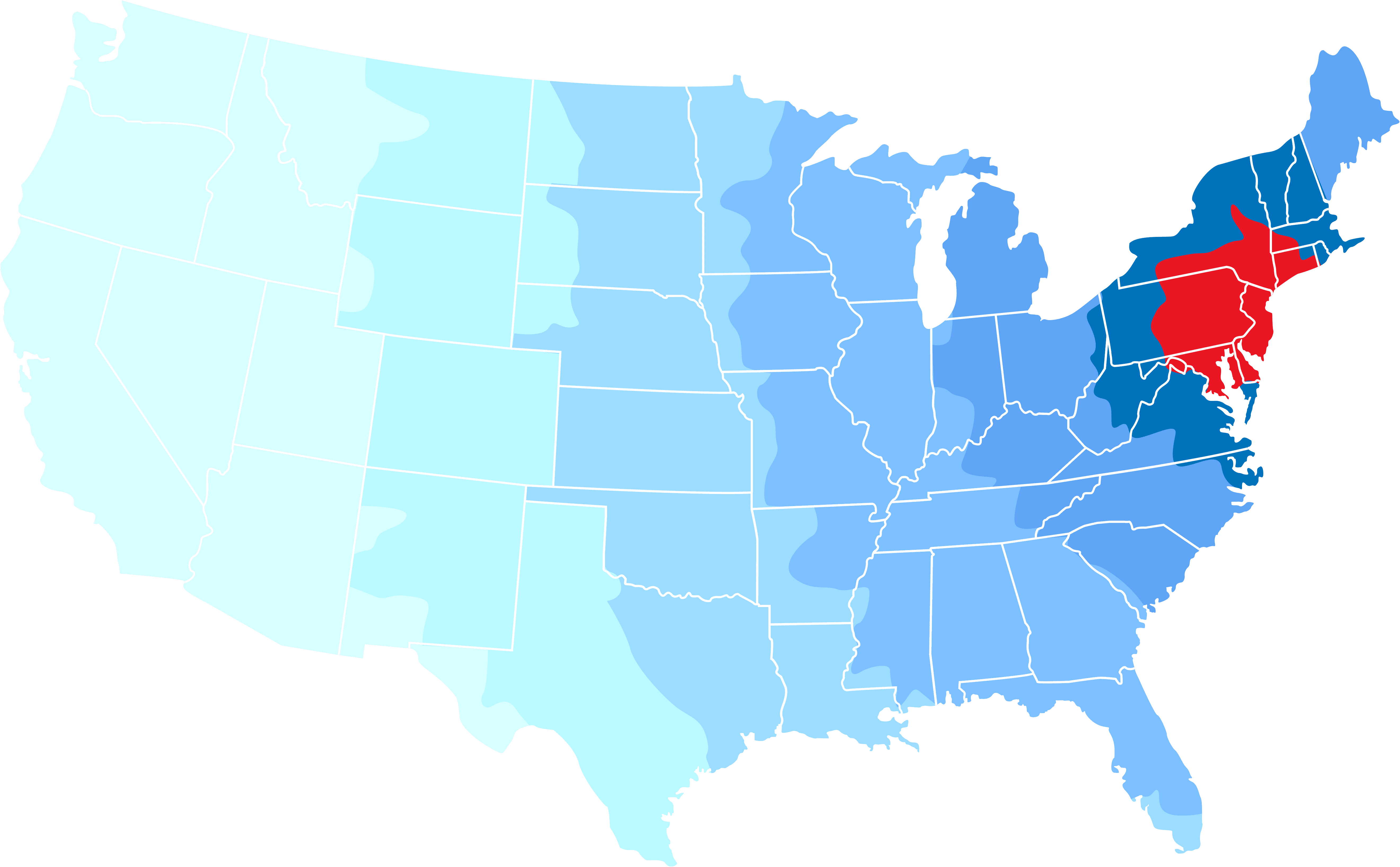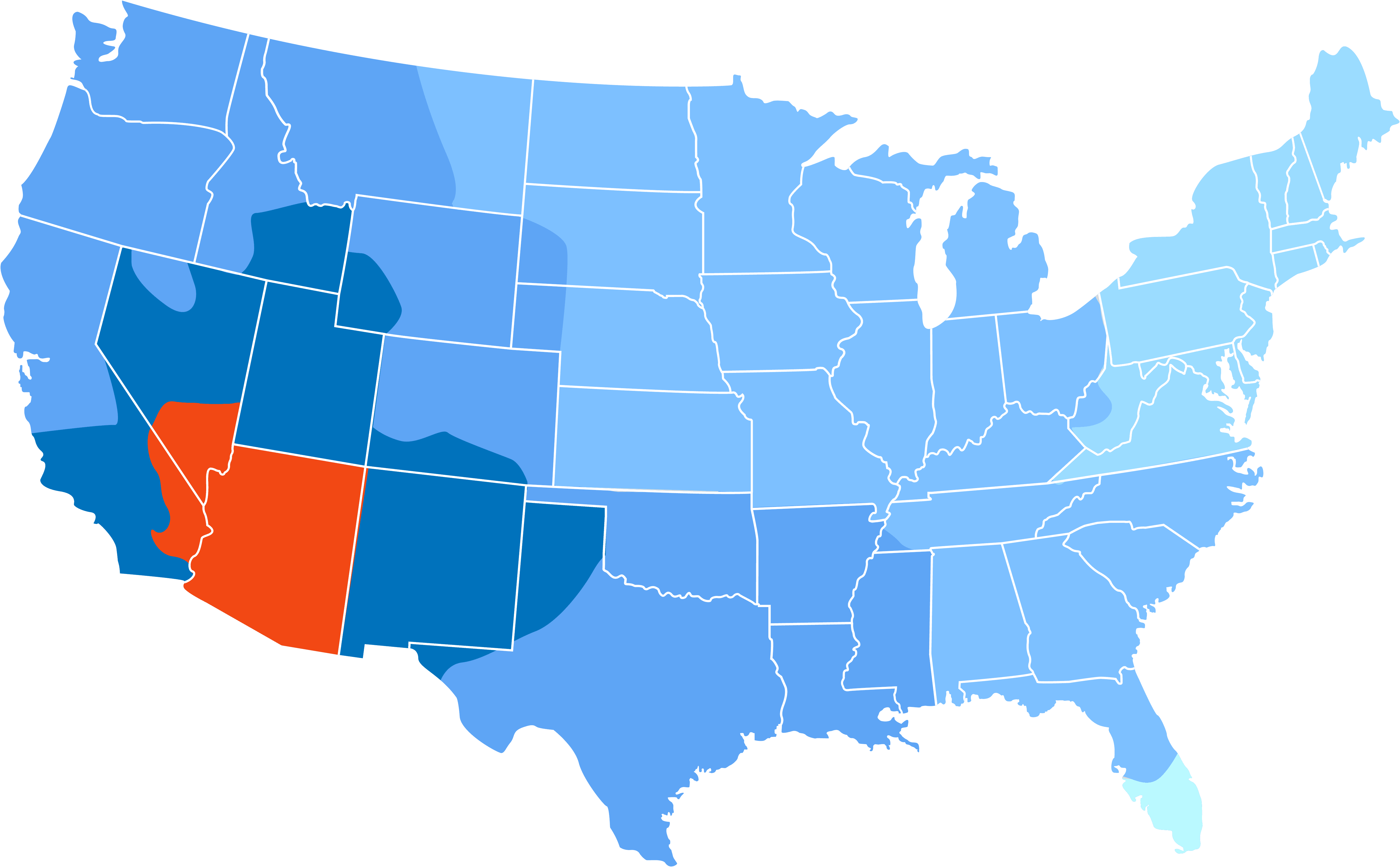Companies often combine warehousing, fulfilment, and distribution processes into one large and equal supply chain operation. While it is true that these three areas share similarities when storing, filling orders, and shipping products, each has unique distinctions that set it apart from the others.
Not every supply chain requires all three logistical processes. Some companies only require distribution and warehousing capabilities, while others select a fulfillment center to handle orders. If you are debating which service would work best for your order processing operations, it is vital to understand what each method entails, what work will overlap, and the differences that may not be suitable for your needs.
THE ROLES OF WAREHOUSING, FULFILLMENT, AND DISTRIBUTION
WAREHOUSE OPERATIONS
Warehousing is typically the first aspect that comes to mind when we think about the supply chain. Put simply, it is a storage facility for your operations. What you choose to keep in the warehouse will vary depending on your industry and where you fall in the order of trade. Some operations store raw materials that will later be delivered to contract manufacturers. Other companies maintain an inventory of unfinished components — also known as works-in-progress, or WIPs — and finished products. These goods may be kept for long periods before being shipped.
While a warehouse sounds similar to a fulfillment center, which we will discuss later, an important distinction is that a warehouse will store products for longer. Fulfillment centers are typically used to turn around goods quickly, resulting in minimal and ever-changing inventory. Another difference is that warehouses generally will not ship commodities directly to consumers. Instead, the products may go to manufacturers — in the case of raw materials storage — or to wholesalers, distributors, or other businesses. These are considered B2B customers.
FULFILLMENT CENTERS
Recently, fulfillment centers are playing a larger role in supply chains. Often referred to as a third-party logistics provider, or 3PL, a fulfillment center has three important functions in the supply process. These include:
- Receiving and storing inventory
- Fulfilling orders for customers
- Packing and shipping goods to their final destination
While often compared to warehousing, the key differences between a fulfillment vs. warehouse operation are that products are stored for shorter periods and at lower inventory levels. The goods kept at fulfillment centers are usually in great demand and are constantly used to fill orders, resulting in high product turnover.
Alternatively, if comparing a fulfillment center vs. distribution center — which also can turn over products at high rates — the biggest difference is the destination. Fulfillment centers can handle business to consumer (B2C) and B2B orders.
Furthermore, fulfillment centers often have the latest technologies to process orders directly from customers, which can be especially helpful for e-commerce businesses. They also partner with shipping carriers to determine the best routes and modes of transportation. Plus, they help negotiate transportation costs to offer the best savings to your company.
DISTRIBUTION CENTERS
Distribution centers are often thought of as fast-paced warehouses. There are many similarities between distribution and warehousing facilities: Both operations will service the same customers — such as retailers and wholesalers — and they also store products temporarily. However, distribution centers will not typically store items for as long as a warehouse, as their business is more demand driven and products will constantly be received and shipped in shorter order.
At the same time, there are differences between a fulfillment center vs. distribution center. Distribution companies do not ship products directly to consumers, but they will send goods to fulfillment operations. Meanwhile, competitive fulfillment centers will not ship to other fulfillment establishments.
A distinguishing feature of a distribution center is that it acts as a hub for shipments. These businesses may take large volumes and redistribute the products into smaller shipments that will be sent to various destinations — including warehouses and fulfillment companies. Another key factor is how products are transported. A distribution center will often handle multiple modes of transportation when receiving and shipping inventory. A product may arrive by rail but leave the facility by air transport to a fulfillment center.
INDUSTRIES THAT RELY ON FULFILLMENT, WAREHOUSING, AND DISTRIBUTION
Industries may rely on one or several of these logistical services to ensure the safe handling, storing, and shipping of their inventory. Some services are more tailored to particular industries, while others can handle any type of inventory that can be manufactured. To clarify:
- Warehouses: Virtually all industries can use warehousing services, although they are more often for companies that plan to store their products for longer periods. The chemical, electronics, medical, construction, and retail sectors are just some of the markets relying on warehousing operations.
- Distribution: Distribution centers may also be used by nearly all types of industries, yet e-commerce and online retailers use distribution centers the most for inventory that is in high demand. These facilities also tend to be used for food storage and distribution when there needs to be product mixing. For example, a distribution center may receive eggs from one retailer, bread from another, and vegetables from still another. Once at the facility, some products from each shipment might be placed on the same truck to be delivered to a grocery store.
- Fulfillment: Fulfillment centers are typically used by any industry that requires fast inventory turnaround and order fulfillment, such as e-commerce businesses. They may be used for time-critical and time-sensitive products — including food and pharmaceutical commodities — to get orders filled quickly for businesses and consumers.
WSI IS YOUR 3PL COMPANY
When it comes to fulfillment, warehousing and distribution processes, each service plays an important role in the supply chain. While each area provides distinct capabilities, they can all be utilized in your operations, depending on your products and end customers. Here at WSI, we offer expert 3PL warehousing, fulfillment and distribution services that can be tailored to your specific operations and inventory. Contact us today to learn more about our logistical services and how they can be leveraged in your supply chain.

